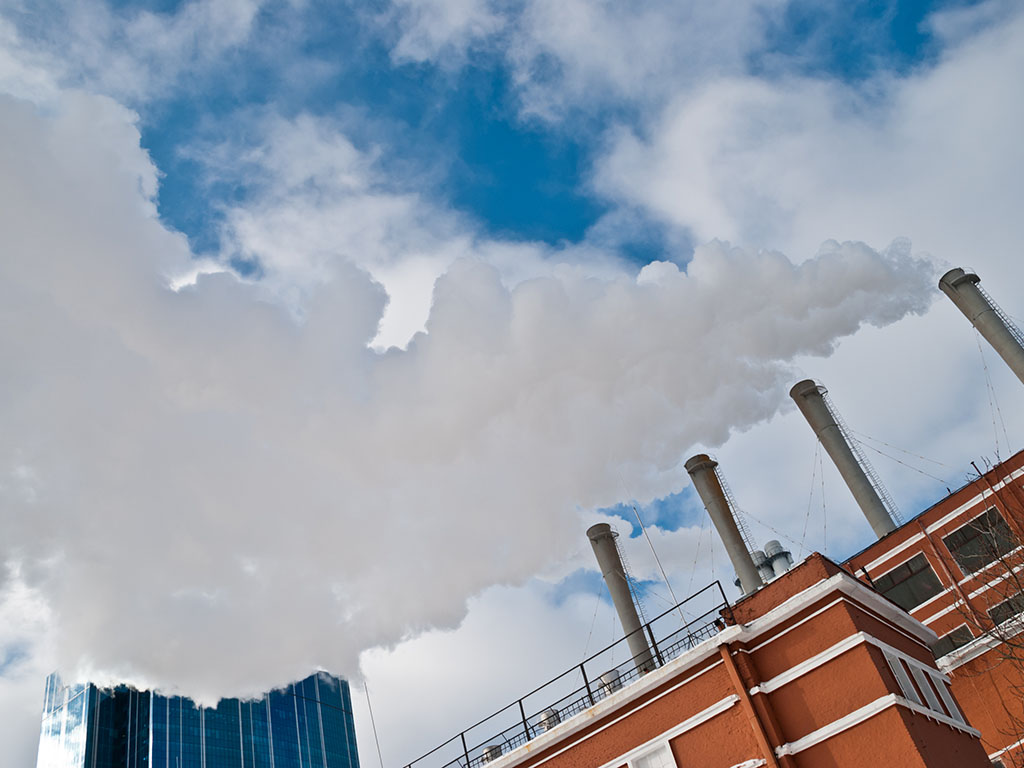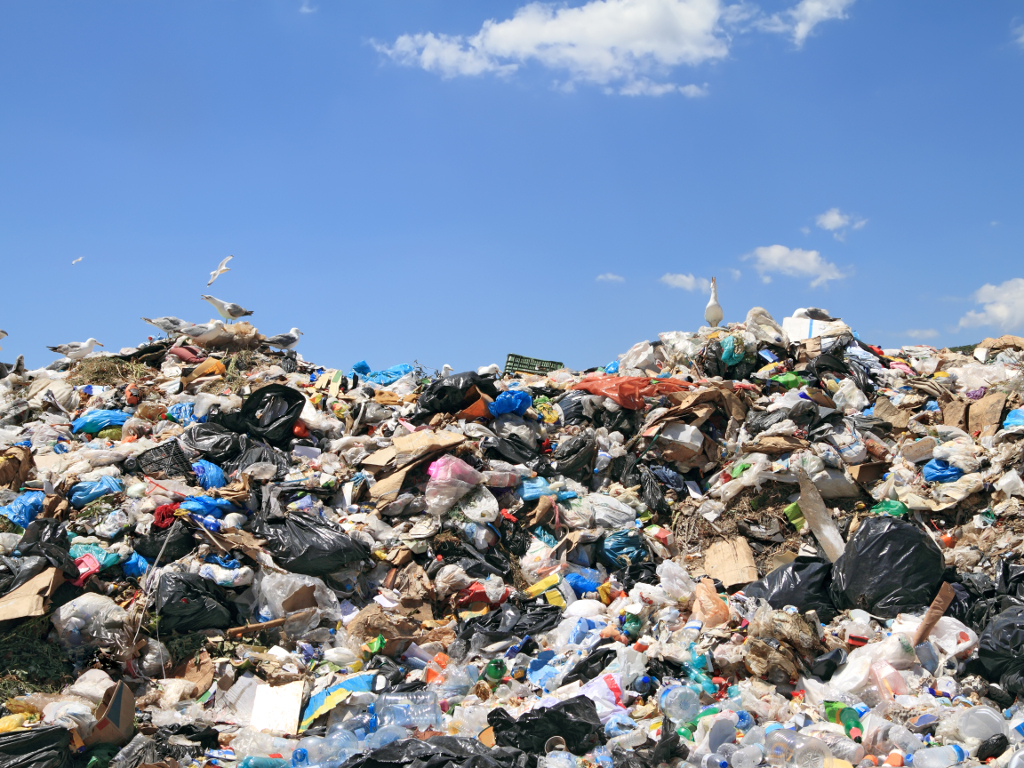Will municipal waste soon be used for heating in Belgrade? – Preparations for construction of heating pipeline from Vinca landfill to Konjarnik and Zvezdara heating plants
Source: eKapija
 Monday, 03.04.2017.
Monday, 03.04.2017.
 15:18
15:18
 Monday, 03.04.2017.
Monday, 03.04.2017.
 15:18
15:18
Illustration (Photo: Svietlieisha Olena/shutterstock.com)

In the meantime, the city is preparing the necessary urban planning documentation. An early public review of the Detailed Regulation Plan for the construction of a pipeline network from the sanitary landfill in Vinca to Konjarnik and Mirijevo heating plants (municipalities of Grocka and Zvezdara), encompassing around 8.4 hectares, is in progress.
A total of 1,528 tons of waste gets collected and moved out of Belgrade, making for 557,720 tons a year. Its average specific energy is 8 MJ/kg. It is expected that these numbers will grow and that the amount of waste in 2024 will be 615,755 tons. This is an enormous, unutilized resource, whose value is to be shown only after the expected construction takes place.
The plan is for the cogeneration facility using refuse derived fuel to have a capacity of 150,000 to 200,000 tons of RDF a year, of the average specific energy of 16,000 kJ/kg RDF. The heating energy will be used for the remote heating system of the Belgrade power plants, whereas the electric energy will be transferred to the existing electricity distribution system in Belgrade.
The aim of the preparation of a DRP for the construction of the network from Konjarnik to Mirijevo is to regulate the pipelines and the pumping station facilities, as well as to enable the issuance of location requirements and building permits for all planned facilities and pipelines. The plan encompasses the following corridors: 1 – pipeline from the sanitary landfill along the Smederevo road and through the Mali Mokri Lug neighborhood to HP Konjarnik; 2 – pipeline from the sanitary landfill through green areas to the Mirijevo neighborhood and through the neighborhood to HP Mirijevo; 3 – pipeline connecting the Mirijevo and Mali Mokri Lug networks.
All options for the construction of the heating pipeline network, to connect the cogeneration facility in Vinca and HPs Konjarnik and Mirijevo have been considered.
The route from the landfill to HP Konjarnik is planned along the Smederevski Put Street and the Kralja Aleksandra Blavd, though Mali Mokri Lug along the 20. oktobra, Pavla Vasica, Hazardska, Prvomajska, Zivka Davidovica, Rebeke Vest and Mirka Sandica Streets to the heating plant. This section is mostly planned to go through the existing traffic routes, partly within the green area of Smederevski Put, in order to secure a simpler and safer construction and exploitation.
The heating pipeline from the sanitary landfill to Mirijevo will go through green and agricultural areas, through the neighborhood to the heating plant, along the Mihaila Bulgakova and Rableova Streets.
(Photo: kanvag/shutterstock.com)

The usage of municipal waste, one of the greatest RES potentials in Belgrade, would achieve reliable and economic heating, substitution of local fuels for foreign ones, and finally, a reduction in environmental pollution.
Belgrade to be getting 8.36% of its electricity from RES by 2030
– RES are still more expensive than conventional sources, both due to additional costs of replacing and using them (biomass, municipal waste) and due the price of modern high technologies (photovoltage transformation of solar into electric energy). The estimated participation of RES in Belgrade’s total energy potential in the period until 2030 amounts to around 8.36%. The development and usage of RES is still subject to incentives to potential investors, with the requirement of adopting the necessary regulations, especially bylaws, more precisely defining the manner of construction of such facilities – says the Detailed Regulation Plan.
According to the General Urban Plan of Belgrade, the solving of the heating within Belgrade is to follow, as a considerable increase in the total consumption of heating energy by the remote heating system is expected due to an increase in the number of users, as well as saving fuel and maintaining and improving the quality of the living environment, increasing the comfort and the quality of living and the planned construction.
In line with these plans, innovations within the current solutions of remote heating of Belgrade Power Plants are envisaged, so as to make the system flexible and adjusted to expected great changes in the field of heating energy consumption (increasing energy efficiency of facilities by implementing the EU Directive, liberalization of heating energy market and others) and in the field of production (diversification of sources, acquiring preferred cogeneration producer status and others).
This means that HP Konjarnik would increase its production capacities by 70 MW to 302 MW, whereas the heating network should be extended by the construction of a pipeline connecting HPs Mirijevo and Konjarnik.
– Connecting heating areas by creating reversibility in the provision of heating has already started, with the connection between the three biggest heating areas – New Belgrade, the Danube and Konjarnik – already made. By connecting the heating areas, a more even utilization of natural capacities is enabled, primarily the usage of the most energy efficient production capacities, a better harmonization between the construction of new production capacities and an increase in consumption, while increasing the reliability of supply – says the DRP.
The DRP of this area is available for public review from March 27 till April 10 at the Belgrade City Administration and the Municipality of Grocka.
Tags:
public private partnership
PPP
development of Vinca landfill
waste powered heating
municipal waste
cogeneration facility Vinca
electricity from waste
HP Konjarnik
HP Mirijevo
Detailed Regulation Plan pipeline Vinca Konjarnik Mirijevo
Smederevski Put
Mali Mokri Lug
RES
renewable energy sources
General Urban Plan of Belgrade
GUP Belgrade
waste treatment facility Vinca
recycling center Vinca
remote heating in Belgrade
Comments
Your comment
Most Important News
Full information is available only to commercial users-subscribers and it is necessary to log in.
Follow the news, tenders, grants, legal regulations and reports on our portal.
Registracija na eKapiji vam omogućava pristup potpunim informacijama i dnevnom biltenu
Naš dnevni ekonomski bilten će stizati na vašu mejl adresu krajem svakog radnog dana. Bilteni su personalizovani prema interesovanjima svakog korisnika zasebno,
uz konsultacije sa našim ekspertima.


 Izdanje Srbija
Izdanje Srbija Serbische Ausgabe
Serbische Ausgabe Izdanje BiH
Izdanje BiH Izdanje Crna Gora
Izdanje Crna Gora


 News
News









